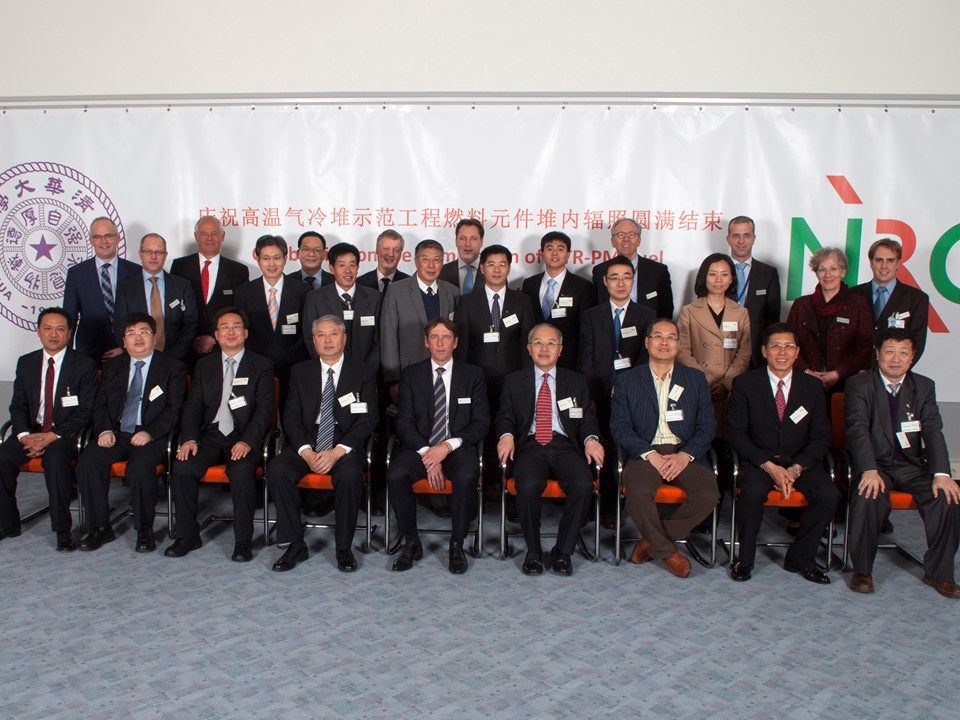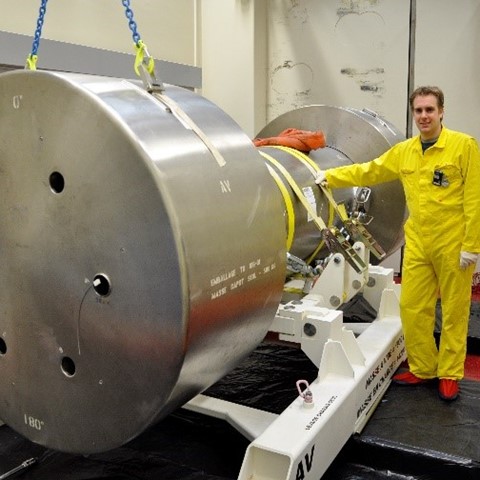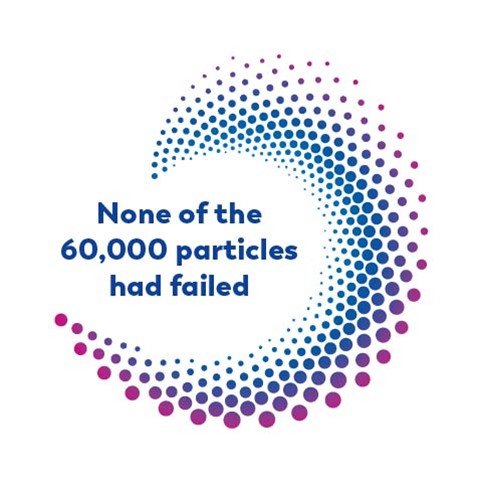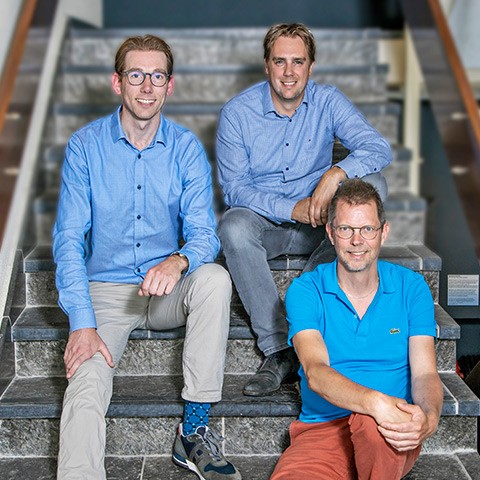Special Fuel for a Special Reactor
INET HTR Fuel Pebble Qualification
25 August 2020
China is the place of the first demonstrator of a High-Temperature Reactor (HTR). This reactor type is known for its high efficiency due to the high temperature, but even more since it is known to be ‘inherently safe’, meaning that it can never have a core meltdown. The most important reason for this safety performance is the unique fuel that is used. The designer of the reactor in INET from the Chinese Tsinghua University, has NRG to irradiate their fuel to test whether it meets all the requirements.
High Temperature Reactor fuel: an introduction
The fuel of an HTR consists of particles smaller than a millimeter coated with different layers. These are called TRISO particles. Several thousand TRISO particles are pressed in a pebble which is the final fuel element. A core of a pebble bed high temperature reactor consists of a few hundred thousand pebbles and is cooled by helium gas. An important parameter to measure from the fuel is therefore the radioactive fission gas release.
The pebbles are fabricated in China and were send to NRG to be irradiated under well controlled conditions. The transport of unirradiated fuel is relatively easy and could be done in a special package. Upon arrival the fuel was inspected. By making an X-ray image of the fuel the location of the individual uranium oxide particles can be made clearly visible


The irradiation program
To ensure a well-controlled irradiation an sample holder is custom designed and built. Every single component in the sample holder is made with extremely high precision to ensure that all irradiation conditions are realized. The main criteria were to irradiate them under high temperature (more than 1000 °C), and to reach a high burnup of the fuel. To reach this burnup the fuel had to be irradiated for almost 1.5 year in the HFR. During the irradiation the temperatures were monitored continuously and changed if necessary.
An important quality factor of the fuel is the fraction of the fission gas that is released out of the fuel. To determine this release the produced gas has to be calculated, and compared to the measured amount of gas that escapes from the capsule. This measurement is done by the Sweep Loop Facility in the HFR. The gas is flushed during irradiation, and the (small) amount of radioactive gas that escapes is measured by a gamma spectroscopy detector. A final check is performed by taking a sample every month to have it measured on an independent setup, to make sure everything is still working as expected.
Demonstration of fuel performance
The fuel was irradiated within specification throughout the irradiation and the fission gas release showed excellent fuel behavior. A failure of a single particle would result in a peak in the release measurements which was not observed, demonstrating that all of the 60.000 TRISO particles remained intact.
After irradiation the capsule was dismantled to retrieve all the irradiated fuel pebbles. The samples are then further dismantled and investigated in the Hot Cell Laboratories. After the investigations at NRG they were transported to other labs for further investigation. The post irradiation examinations showed that the pebbles were still in good condition and showed no degradation.


Results and benefits
The qualification test at NRG showed that the fuel behaved very well during the irradiation. It had an exceptionally good fission gas retention. Under the extreme conditions of the irradiation, the data showed that none of the 60.000 particles had failed during irradiation, and that the fuel could safely be used in the HTR-PM reactor.
Fun fact: Although each pebble only contains 7 grams of uranium, the amount of energy produced during irradiation of the five pebbles is similar to the amount that is used by 25 households in one year
More about this case?
Interested in fuel irradiation services for your installation? We are here to help you, for more information please just send us an e-mail.
Contact the irradiations team

